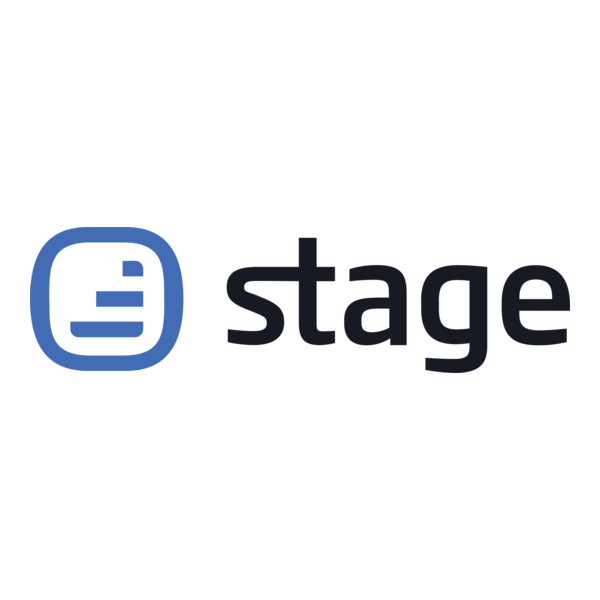
Stager AI: Complete Buyer's Guide
Mobile-first virtual staging platform
Stager AI positions itself as the mobile-first virtual staging platform designed specifically for small and medium-sized real estate firms and design practices seeking rapid, cost-effective staging solutions. The platform delivers staged images in approximately 15 seconds [58] through subscription-based pricing starting at $19 monthly for 20 images [50][52], targeting organizations that need immediate staging capabilities without the logistical complexity of traditional methods.
Market Position & Maturity
Market Standing
Stager AI operates within a rapidly consolidating market featuring 22 new entrants in 2024–2025 [2][7], positioning itself in the AI-powered innovation segment competing against both established enterprise solutions and emerging disruptors.
Company Maturity
The platform's market positioning emphasizes accessibility and speed over premium quality, targeting the underserved SMB segment excluded by enterprise solutions requiring 24–48 hours processing time and premium pricing [9].
Growth Trajectory
The platform operates in a transitioning market where mainstream adoption is replacing experimental usage. Industry data shows 82% of buyers' agents report staging helps clients visualize properties [14].
Industry Recognition
Industry data shows 82% of buyers' agents report staging helps clients visualize properties [14], while 29% of real estate agents document 1% to 10% increases in dollar value for staged homes [14].
Strategic Partnerships
Strategic partnerships and ecosystem positioning appear limited based on available research, with the platform focusing on direct customer relationships rather than channel partnerships or enterprise integrations.
Longevity Assessment
Long-term viability depends on the platform's ability to expand integration capabilities while maintaining speed and cost advantages. The limited CAD/BIM integration [24][38] represents a strategic vulnerability.
Proof of Capabilities
Customer Evidence
Organizations deploying dedicated 'AI transformation teams' report higher adoption rates compared to those relying solely on vendor training [25][34].
Quantified Outcomes
Virtually staged listings achieve 73% faster sales and attract 50–200% more inquiries while generating 6–20% higher sale prices [52][53][57].
Case Study Analysis
Deployment evidence shows two distinct success tracks: API-only integrations achieving 87% success rates in 2–5 days [21][31], versus workflow overhauls achieving 73% success rates over 3–8 weeks [35][38].
Market Validation
Market validation occurs through competitive performance against established solutions. While enterprise competitors like RoOomy achieve superior realism through human-designed staging [9], Stager AI's 15-second processing time [58] versus 24–48 hours for premium alternatives [9] creates compelling value for time-sensitive applications.
Competitive Wins
While enterprise competitors like RoOomy achieve superior realism through human-designed staging [9], Stager AI's 15-second processing time [58] versus 24–48 hours for premium alternatives [9] creates compelling value for time-sensitive applications.
AI Technology
Stager AI's technical foundation centers on mobile-optimized AI processing that delivers staged images in approximately 15 seconds [58], representing a significant performance advantage over traditional staging methods requiring 3–8 weeks [43][51].
Architecture
The platform's architecture prioritizes speed and accessibility through four core AI capabilities: automatic staging with one-click furnishing for empty or furnished rooms, manual customization enabling furniture and style adjustments, comprehensive AI photo editing including enhancement and sky/lawn replacement, and multi-angle staging for consistency across room perspectives [40][50][52][58].
Primary Competitors
Enterprise-focused solutions like RoOomy ($49/image) and BoxBrownie ($24–$176/image) prioritizing photorealistic quality [47][50][51][52], AI innovation leaders like Collov AI offering similar speed claims at $0.95–$1.99 per image [25][34], and emerging disruptors like iStaging focusing on VR integration [5][19].
Competitive Advantages
Mobile optimization through iOS and Android applications enabling field usage that desktop-focused competitors cannot match [50][52]. The platform's subscription-based cost predictability appeals to SMB segments requiring budget certainty, while 15-second processing speed [58] enables real-time staging during property showings.
Market Positioning
Stager AI excels in the accessibility-focused segment but faces challenges as competitors add mobile capabilities and integration requirements favor desktop workflow compatibility [24][38].
Win/Loss Scenarios
Win/loss scenarios favor Stager AI when organizations prioritize mobile accessibility, rapid deployment, and cost efficiency over integration sophistication or luxury market quality.
Key Features

Pros & Cons
Use Cases
Pricing
Featured In Articles
Comprehensive analysis of AI Virtual Staging Tools for AI Design for AI Design professionals. Expert evaluation of features, pricing, and implementation.
How We Researched This Guide
About This Guide: This comprehensive analysis is based on extensive competitive intelligence and real-world implementation data from leading AI vendors. StayModern updates this guide quarterly to reflect market developments and vendor performance changes.
59+ verified sources per analysis including official documentation, customer reviews, analyst reports, and industry publications.
- • Vendor documentation & whitepapers
- • Customer testimonials & case studies
- • Third-party analyst assessments
- • Industry benchmarking reports
Standardized assessment framework across 8 key dimensions for objective comparison.
- • Technology capabilities & architecture
- • Market position & customer evidence
- • Implementation experience & support
- • Pricing value & competitive position
Research is refreshed every 90 days to capture market changes and new vendor capabilities.
- • New product releases & features
- • Market positioning changes
- • Customer feedback integration
- • Competitive landscape shifts
Every claim is source-linked with direct citations to original materials for verification.
- • Clickable citation links
- • Original source attribution
- • Date stamps for currency
- • Quality score validation
Analysis follows systematic research protocols with consistent evaluation frameworks.
- • Standardized assessment criteria
- • Multi-source verification process
- • Consistent evaluation methodology
- • Quality assurance protocols
Buyer-focused analysis with transparent methodology and factual accuracy commitment.
- • Objective comparative analysis
- • Transparent research methodology
- • Factual accuracy commitment
- • Continuous quality improvement
Quality Commitment: If you find any inaccuracies in our analysis on this page, please contact us at research@staymodern.ai. We're committed to maintaining the highest standards of research integrity and will investigate and correct any issues promptly.